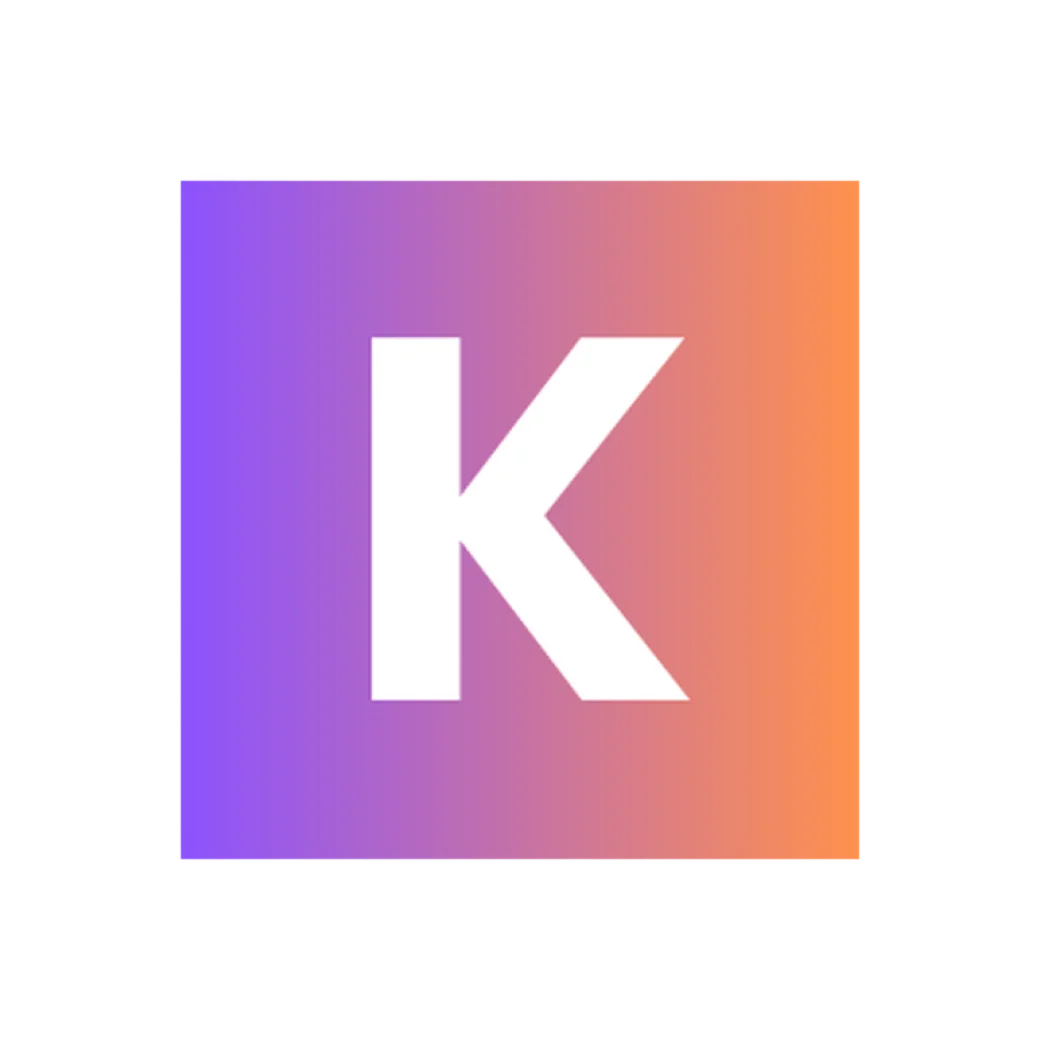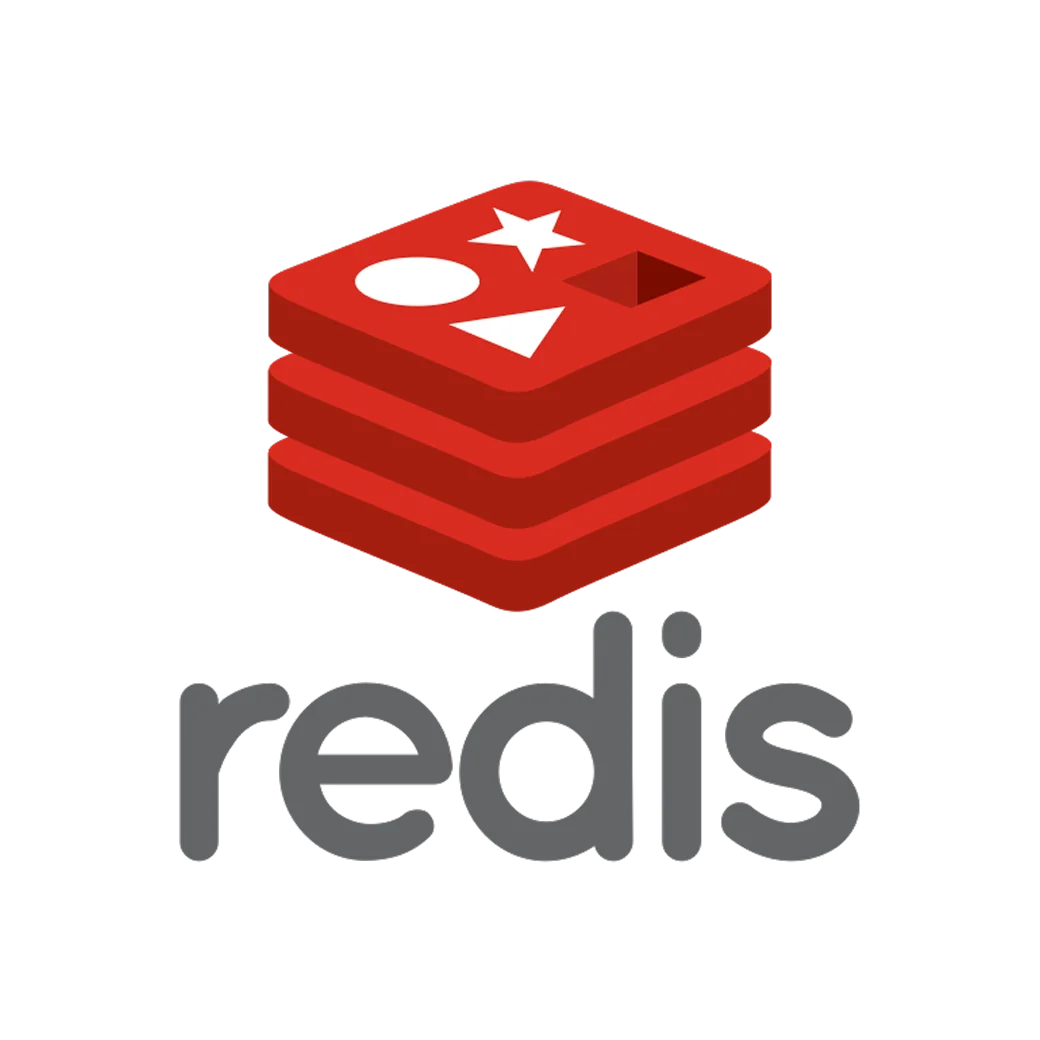Step-by-Step Guide
This FAQ contains a comprehensive step-by-step guide to help you achieve your goal efficiently.
Qdrant is a powerful open-source vector similarity search engine that excels in high-performance searches and advanced filtering. It features REST and gRPC APIs for flexible integration, and its customizable nature under the Apache-2.0 license allows for scalable deployment in various applications.
Key Points
- High-performance vector similarity search
- Advanced filtering capabilities
- REST and gRPC APIs for seamless integration
Detailed Explanation
Qdrant stands out in the realm of AI and machine learning applications due to its high-performance vector similarity search capabilities. This allows developers to quickly retrieve relevant data points from vast datasets, making it ideal for applications such as recommendation systems, image recognition, and natural language processing.
Performance
Qdrant is designed to efficiently handle millions of vectors, ensuring low-latency responses even under heavy loads. It uses optimized indexing techniques, such as HNSW (Hierarchical Navigable Small World) graphs, to facilitate rapid searches. For example, in an image search application, Qdrant can return similar images within milliseconds, significantly enhancing user experience.
Filtering
The advanced filtering capabilities allow users to refine their search results based on specific criteria, such as metadata attributes. This feature is particularly useful in e-commerce platforms, where users can filter products by categories, price ranges, or other attributes, thereby improving the relevance of search results.
API Integration
With both REST and gRPC APIs, Qdrant offers flexibility for developers. REST APIs are great for web applications, while gRPC is suited for high-performance environments, like microservices architecture. This versatility ensures that Qdrant can be easily integrated into various tech stacks, whether it's a startup project or an enterprise-level application.






